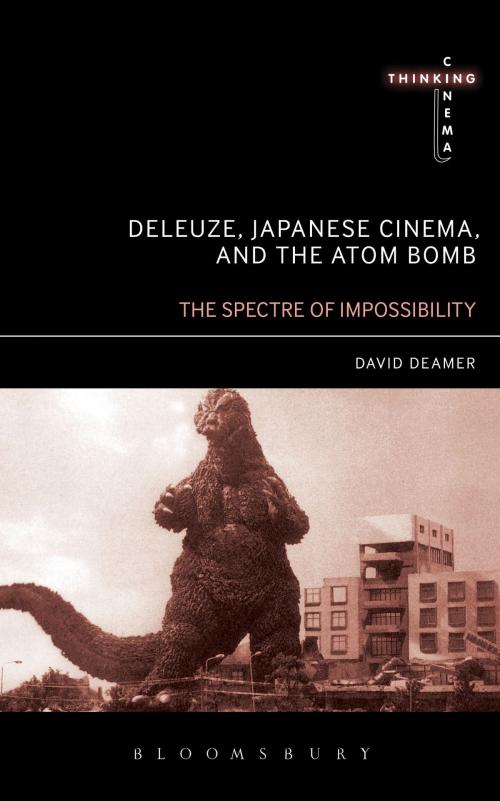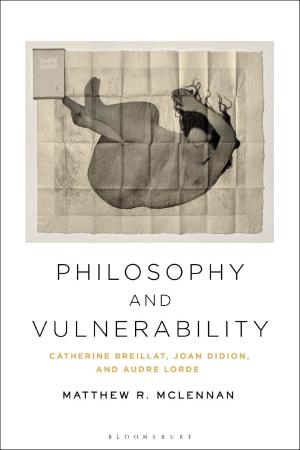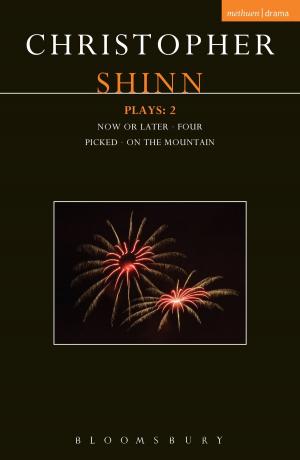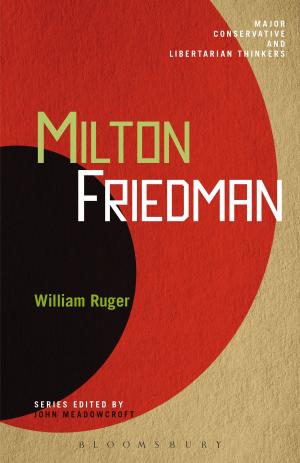Deleuze, Japanese Cinema, and the Atom Bomb
The Spectre of Impossibility
Nonfiction, Entertainment, Film, History & Criticism, Performing Arts, Religion & Spirituality, Philosophy| Author: | David Deamer | ISBN: | 9781441145895 |
| Publisher: | Bloomsbury Publishing | Publication: | July 31, 2014 |
| Imprint: | Bloomsbury Academic | Language: | English |
| Author: | David Deamer |
| ISBN: | 9781441145895 |
| Publisher: | Bloomsbury Publishing |
| Publication: | July 31, 2014 |
| Imprint: | Bloomsbury Academic |
| Language: | English |
David Deamer establishes the first ever sustained encounter between Gilles Deleuze's Cinema books and post-war Japanese cinema, exploring how Japanese films responded to the atomic bombings of Hiroshima and Nagasaki. From the early days of occupation political censorship to the social and cultural freedoms of the 1960s and beyond, the book examines how images of the nuclear event appear in post-war Japanese cinema.
Each chapter begins by focusing upon one or more of three key Deleuzian themes – image, history and thought – before going on to look at a selection of films from 1945 to the present day. These include movies by well-known directors Kurosawa Akira, Shindo Kaneto, Oshima Nagisa and Imamura Shohei; popular and cult classics – Godzilla (1954), Akira (1988) and Tetsuo (1989); contemporary genre flicks – Ring (1998), Dead or Alive (1999) and Casshern (2004); the avant-garde and rarely seen documentaries. The author provides a series of tables to clarify the conceptual components deployed within the text, establishing a unique addition to Deleuze and cinema studies.
David Deamer establishes the first ever sustained encounter between Gilles Deleuze's Cinema books and post-war Japanese cinema, exploring how Japanese films responded to the atomic bombings of Hiroshima and Nagasaki. From the early days of occupation political censorship to the social and cultural freedoms of the 1960s and beyond, the book examines how images of the nuclear event appear in post-war Japanese cinema.
Each chapter begins by focusing upon one or more of three key Deleuzian themes – image, history and thought – before going on to look at a selection of films from 1945 to the present day. These include movies by well-known directors Kurosawa Akira, Shindo Kaneto, Oshima Nagisa and Imamura Shohei; popular and cult classics – Godzilla (1954), Akira (1988) and Tetsuo (1989); contemporary genre flicks – Ring (1998), Dead or Alive (1999) and Casshern (2004); the avant-garde and rarely seen documentaries. The author provides a series of tables to clarify the conceptual components deployed within the text, establishing a unique addition to Deleuze and cinema studies.















